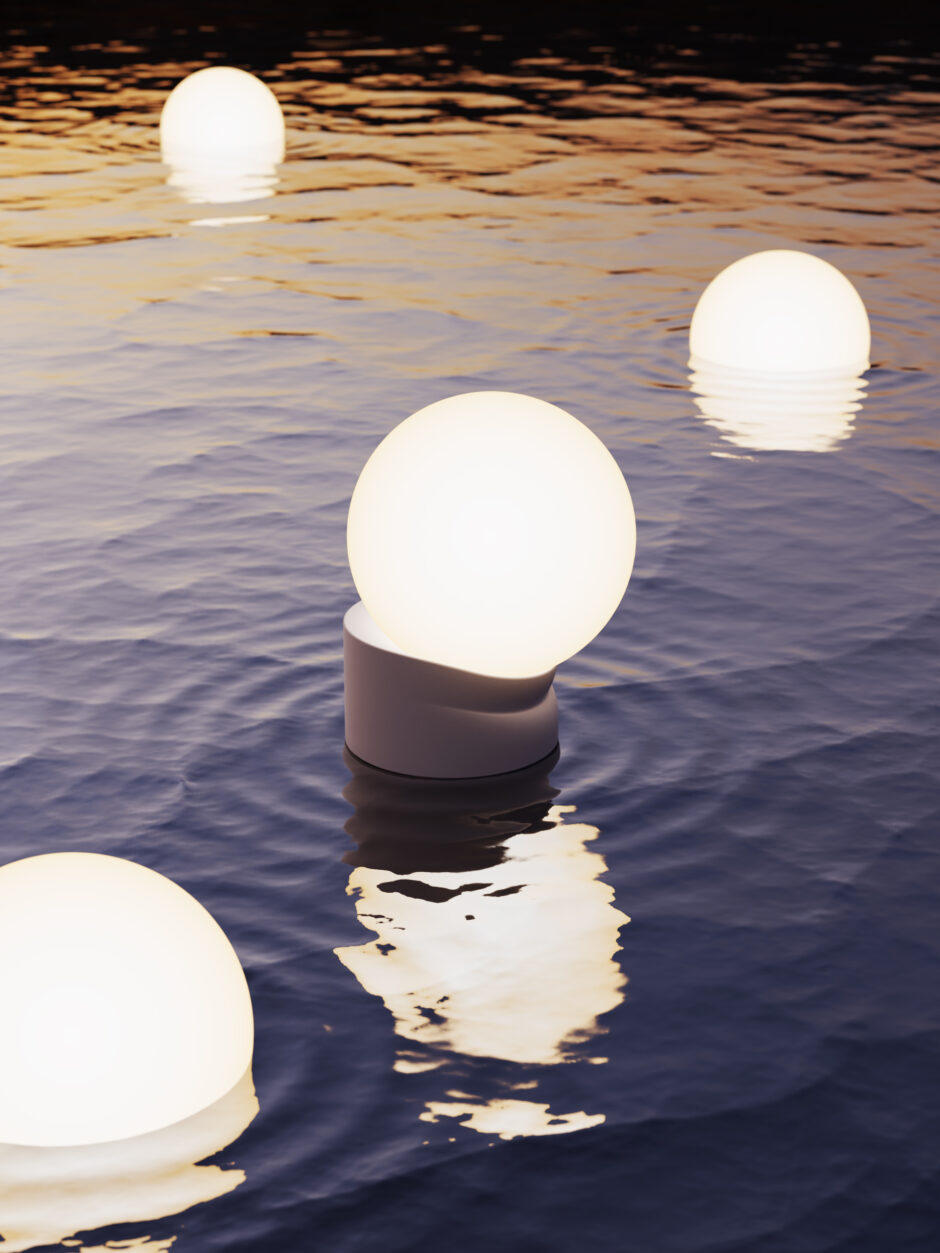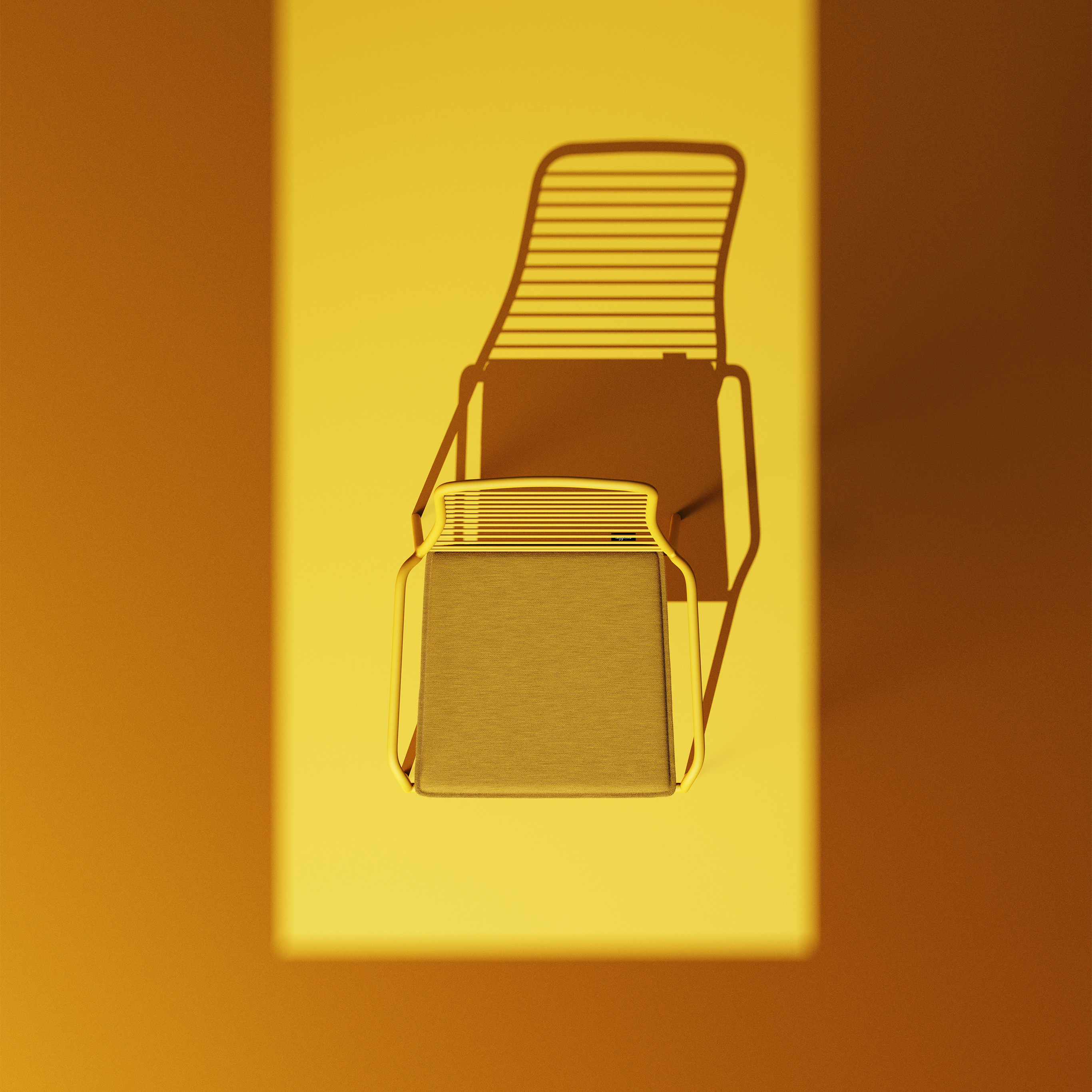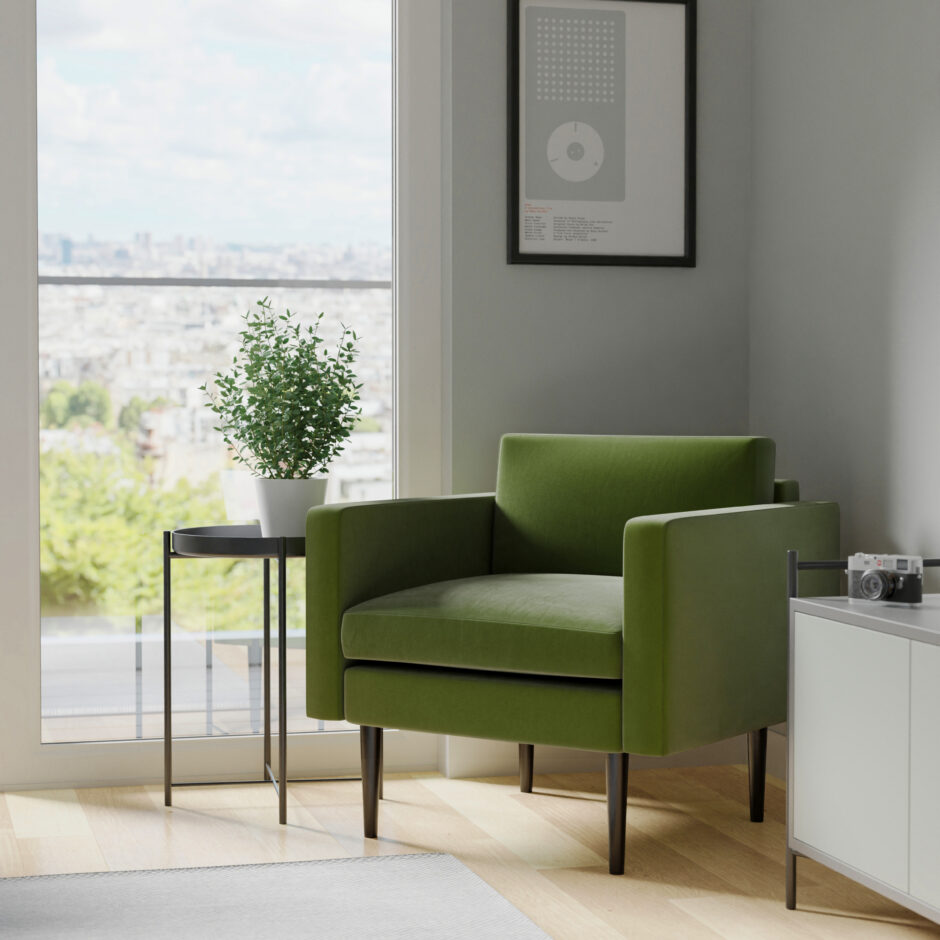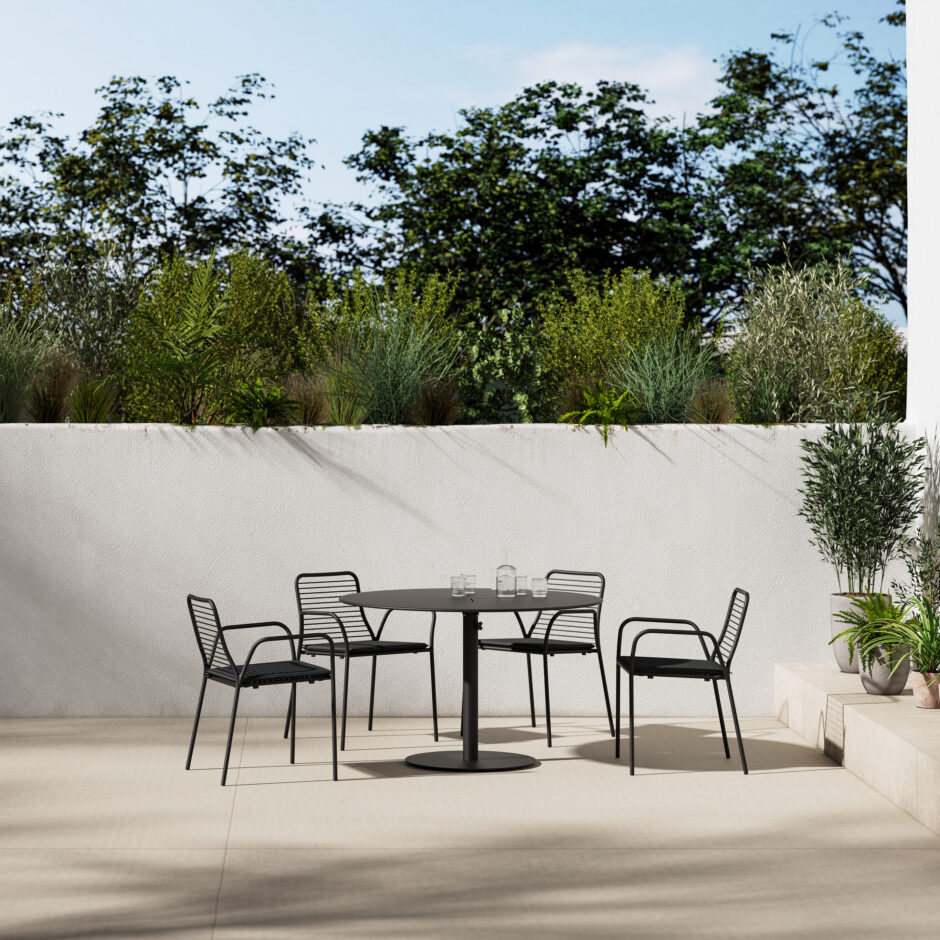Sam Gwilt is a London-based industrial designer and product visualizer specializing in lighting, furniture, and consumer electronics, with a decade of industry experience. He comes from a family of engineers and artists, with design being the intersection of the two. His résumé is eclectic, from startups to conglomerates, and spans graphic design for the TV and film industry, bespoke gallery art pieces, and medical products. Sam also teaches his methods on his popular YouTube channel, Sam Does Design.
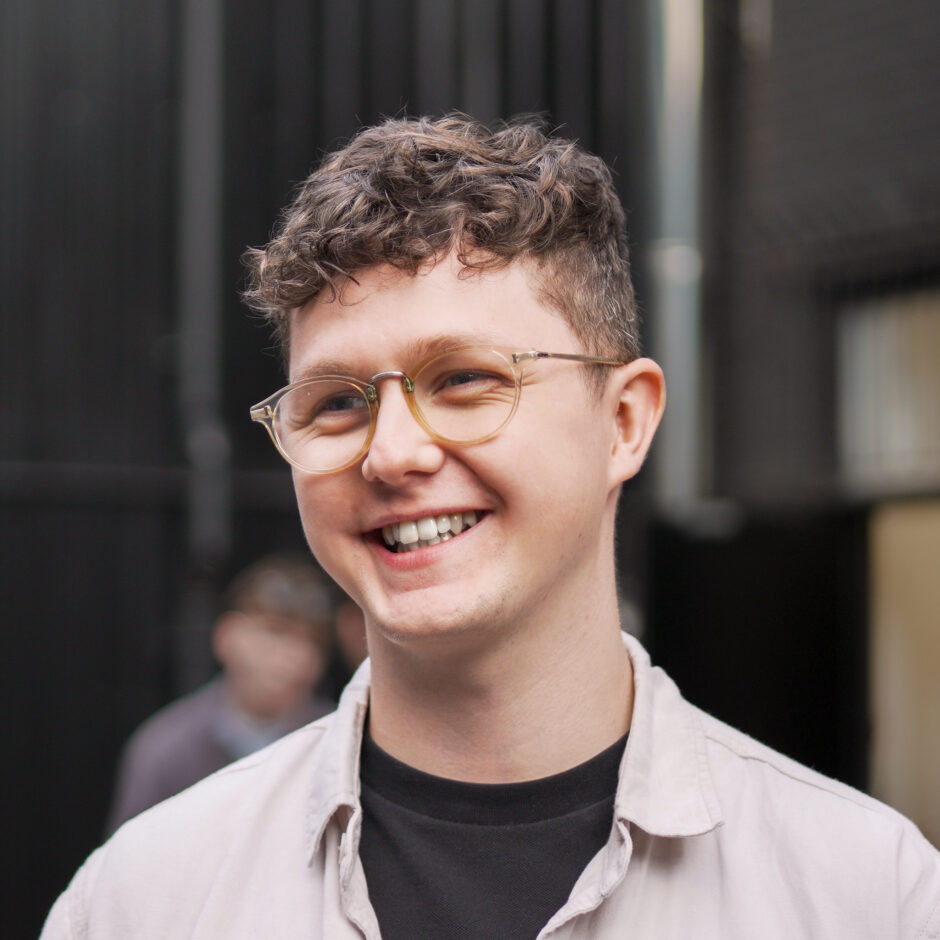
Sam Gwilt
Website| Instagram| YouTube
Modeling software used: Solidworks, Blender
What are some of your favorite projects?
The first design project I led with a team was for a pair of AR glasses that launched on Kickstarter and broke funding records. Since the launch, the reviews I’ve seen have commented on the quality of the design, so it’s nice that somebody noticed!
I’ve also designed 3D-printed lighting for Gantri, who makes beautiful hand-finished lights from eco-friendly non-GMO sugarcane PLA.
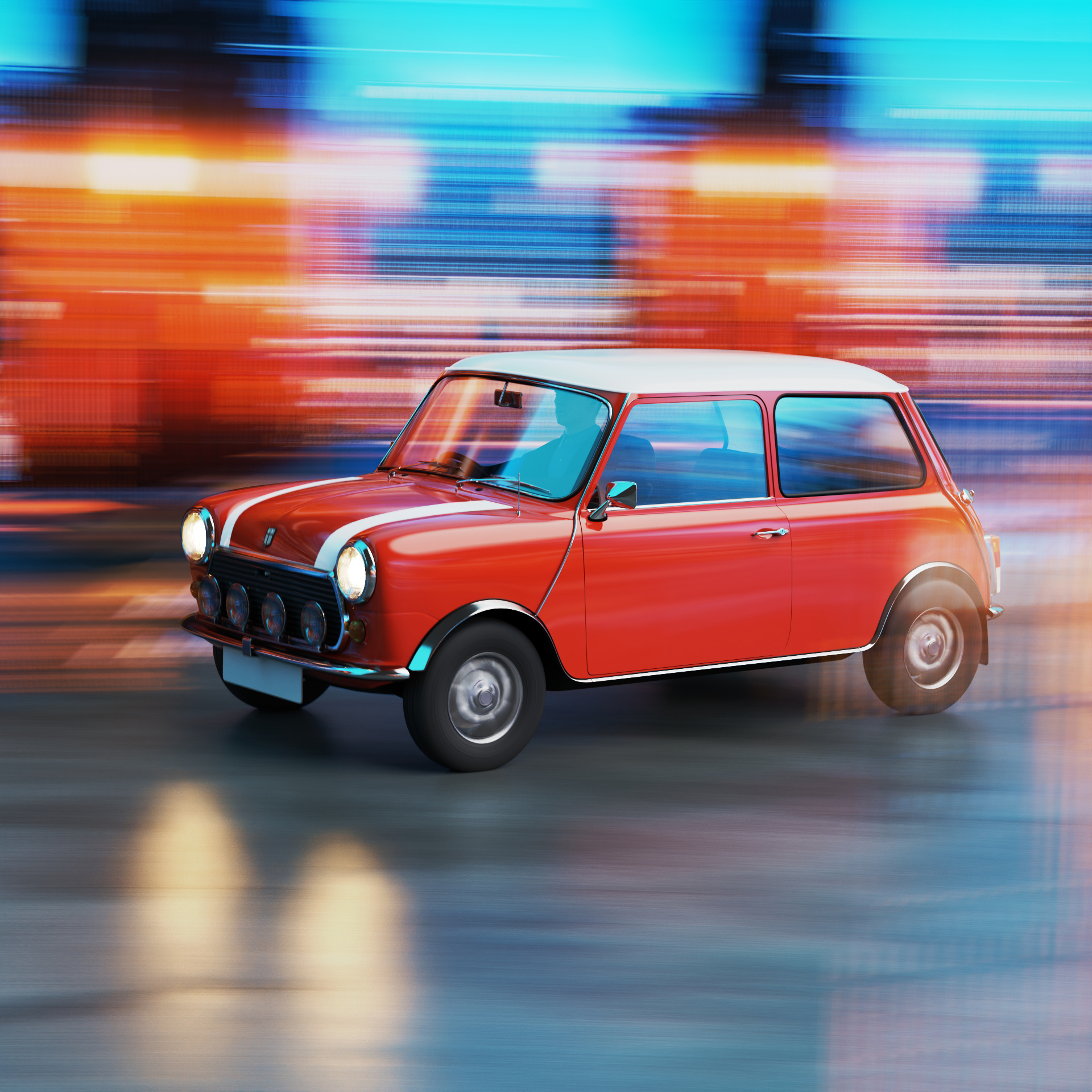
How would you describe your design philosophy?
Look after the details, and the design will look after itself. I believe refined details are just as essential as the broad design solution. I like to be playful in my designs whilst remaining minimal and contemporary — my ultimate goal is to create an authentic connection between person and product.
Where in your process do you use KeyShot?
Everywhere! The best way to design physical products is with physical prototypes. The next best way is KeyShot. I’m constantly throwing CAD iterations into KeyShot to see how natural light interacts with different options. I like being fluent in KeyShot and Solidworks and effortlessly switching between the two. I also aim to capture every detail in KeyShot, almost banning post-processing programs like Photoshop. There isn’t a material I can’t create natively in KeyShot.
What are some of your favorite KeyShot tools?
Product rendering clients are asking me more frequently for animations. KeyShot’s animation capabilities have increased since I started using the program! Recently, KeyShot quietly added an under-estimated feature: choosing the simulated camera aperture blades for adjustable bokeh shapes.
KeyShot’s Realcloth(TM) 3D geometry has also changed the game. I’ve just finished a visualization project for a wicker furniture range, and the 3D wicker weave was simulated entirely in KeyShot.
